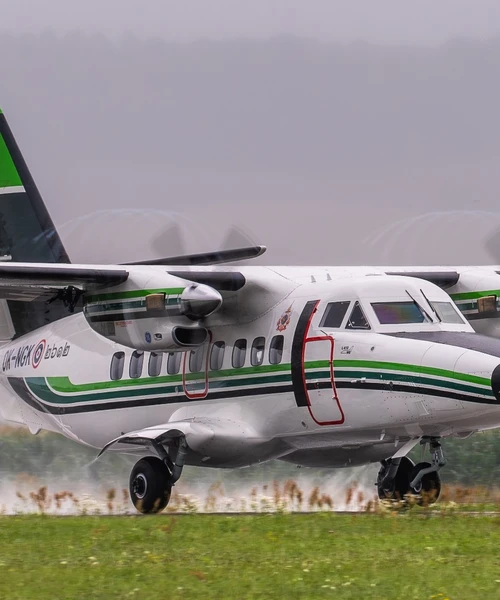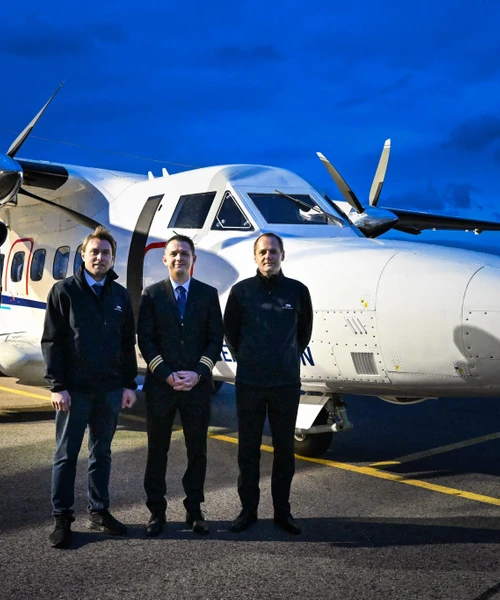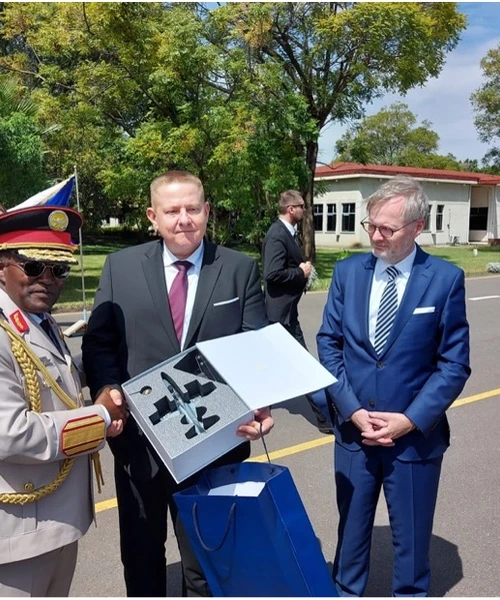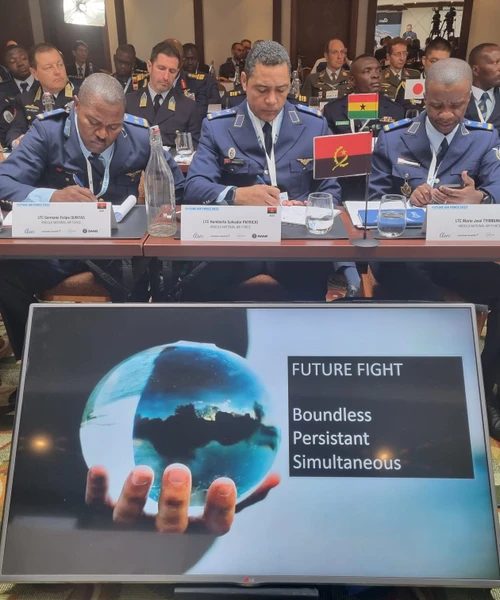
Dramatic crossing of the Cordillera

"We had to fly over a gap in the mountains. We were deciding whether to fly or not to fly," recalls Luděk Skočdopole, the expedition leader and an OMNIPOL employee at the time. The summit of the Cristo Redentor Pass was located at an altitude of 4,300 meters and was the lowest in Chile in the planned flyover area. Even so, it was a big problem for our planes considering the maximum possible flight height they could reach. For example, the L-60 Brigadyr had a reach of 4,500 meters, which was only 200 meters more than the pass itself.
So the expedition had to decide whether to embark on a risky overflight of the Cordillera, which would save it a considerable part of the journey and time, or to continue further south, where the planes would fly over the mountain range at a lower altitude. "We were afraid, but we flew," says Luděk Skočdopole.
The crew first landed in the village of Uspallata, near a mountain pass. There, Miroslav Křemen and Brigadyr first tested how his aircraft reacts in high-altitude conditions. But the wind played with the machine a lot. "I flew into the pass at an altitude of about 1000 meters, after a while something grabbed me and pulled me up, and then the Brigadyr began to descend rapidly to the ground. I had to turn the machine around and flee from the valley back to Uspallat," writes L-60 pilot Miroslav Křemen in his book.
Exit to the pass by tourist bus
However, the expedition did not want to give up crossing the Cordillera, so a tour of the terrain of the pass followed by a tourist bus. On the morning of February 15, 1959, the caravan set out from the city of Mendoza and after eight hours, with just the last eight kilometers driving for almost an hour, arrived at the top of the pass where a huge statue of Jesus the Redeemer stood. On the way he also passed the village of Uspallata, from where the Brigadyr had taken off a few days before.
The return provided views of the steep valley. A survey of the terrain led the crews to decide to make the overflight in the early hours of the morning in good weather, even though there were not many places to make an emergency landing in the pass.
More like crawling instead of flying
Takeoff was scheduled for February the 24th, 1959. "I flew with Miroslav Křemen in the Brigadyr. In addition to the height, it was important for us to constantly monitor the engine of our aircraft, which was under development and had not been sufficiently tested," recalls Luděk Skočdopole. The departure took place from the airport in Mendoza - so that they could gain the necessary altitude in time. So they flew over the village of Uspallata with the Brigadyr already at an altitude of 3000 meters, the rest they had to ascend only in the pass itself. "There was no way back," says Luděk Skočdopole.
They flew over the pass, although at a completely different (lower) altitude than the instruments of the time indicated, and began their descent to Santiago, where they landed after two and a half hours of flight. The flight was more like a crawl. "It didn't even feel like a flight, it seemed to me that the Sedesátka "undulated" and "rushed" forward only thanks to the "pedaling" engine," writes Miroslav Křemen in his memoirs.
Crowds of journalists
Upon arrival at the airport, a festive welcome and crowds of journalists awaited them. "But there was a strange reaction, I was angry with myself. It wasn't a thorough plan, there was a lot of randomness and luck involved. It could also have turned out completely differently, because if... No one knew how much nature played with the L-60 in the pass," writes Miroslav Křemen in his memoirs.
It was a huge success and a very good marketing move for Omnipol and the entire delegation. "Everything was quite successful," concludes the story of the adrenaline-fuelled Kordiller Luděk Skočdopole flight.
What followed in Chile and Argentina? Why did they have to change plans several times? You will learn about this in the next chapters. Join us on a journey full of adventure, success and unexpected twists. Experience a story that left an indelible mark in the history of Czechoslovak aviation.










































































